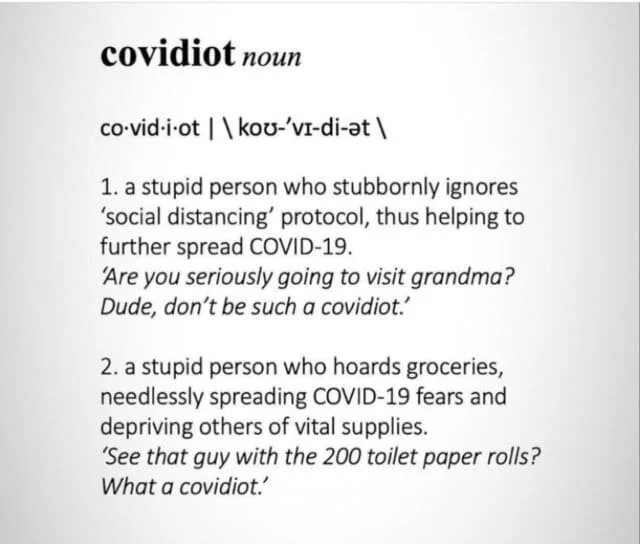Ravi Sundaram, in Pirate Modernity, considers the ways in which poor, peripheralized populations have used media technologies in such a way that they have escaped top-down “copyright regimes”, in an era in which many different organizations (Sundaram cites the Motion Pictures Association of America, the Business Software Alliance, and the Recording Industry Association of America as key players here) have successfully campaigned to restrict the application of “fair use”. Piracy—the unauthorized duplication and distribution of copyrighted material, made possible by cheap media technologies—has produced what Sundaram calls a “rhizomatic assemblage”, in which the original mass producers of media cannot control its distribution, or even its message. The process of piracy “recycles” the modernity that the corporate entities responsible for producing mass media and inventing the many media technologies intended to control:
“For urban populations long used to more stable sites like the cinema hall, piracy’s decentralized proliferation induced a narcotic disorientation of the senses. Populations conceived by state media policy as an abstract public now entered piracy’s landscape of infinite attractions, where images, sounds, objects, moved rapidly through networks of proliferation, small shops, bazaars, video theaters, friends. Piracy escapes the boundaries of space, of particular networks, of form, a before and after, a limit. Although it has complex strategies of deployment and movement, piracy is like no other form of expression, respecting no formal barriers.” (Pirate Modernity, 112)
“[P]irate culture allowed the entry of vast numbers of poor urban residents into media culture,” Sundaram argues, and this mass entry into media culture has operated as “a subjectless subjectivity”, in the sense that “[t]he lines between the surface and the inside, original and copy, which transfixed the Western modernist archive and its postmodern reformulations, are called into question in piracy.” (Pirate Modernity, 112) “[T]here is no being behind [this] doing,” Sundaram explains, “or, as Nietzsche said, the deed is everything.” (Pirate Modernity, 112) The so-called “cassette revolution”, in India, had the effect that “a mix of new producers and technologies responding to regional and local genres overturned the classic music monopolies and the star system of singers associated with it.” (Pirate Modernity, 114) Sundaram cites Peter Manuel, who explains that “In effect, the cassette revolution had definitively ended the hegemony of GCI, of the corporate music industry in general, of film music, of the Lata-Kishore duo, and of the uniform aesthetic which Bombay film-producers had superimposed on a few hundred million listeners over the preceding forty years.” (Peter Manuel, Cassette Culture, pg. 63, cited in Pirate Modernity, 114) Suddenly, a structure of centralized media control, in which relatively few media producers controlled not only the profits from, but also the tastes embedded within media were overthrown by the horizontality of cassette technologies which made possible the inexpensive and unregulated distribution of media. “Small labels . . . were responsive to local tastes and now offered their diverse audiences an equally diverse range of musical forms. In ownership, content, and in the circulation of a musical form, . . . cassettes democratized the audio experience.” (Pirate Modernity, 114) The sources of media multiplied, and so did the profits and tastes once controlled by the mass media producers.
It’s crucial to explain that decentralized aesthetic preferences make it inherently more difficult to manipulate and market to populations. If only one or several universalized aesthetic regimes cover the majority of the population, then their corresponding systems of signification may be used to effectively appeal to a broad range of people. Deleuze and Guattari explain this phenomenon in A Thousand Plateaus, where they take on the issue of language and its centralization. They write that
“there is no language in itself, nor are there any linguistic universals, only a throng of dialects, patois, slangs, and specialized languages. There is no ideal speaker-listener, any more than there is a homogeneous linguistic community. Language is, in Weinreich's words, ‘an essentially heterogeneous reality.’ There is no mother tongue, only a power takeover by a dominant language within a political multiplicity. Language stabilizes around a parish, a bishopric, a capital.” (A Thousand Plateaus, 7)
Sundaram, using Deleuze and Guattari’s theory, explains that these pirate networks, despite the state- and industry-spawned discourse that paints them as evil and destructive, are in fact productive economic engines. He attempts a formulation of pirate networks that “captures the productivity of pirate economies, [and their] expansion, mutation, breakdown, reterritorialization.” (Pirate Modernity, 112-13) This formulation would start with the question of what these networks do, rather than from the question of what they are, since as complex composites of individual, decentralized actions, a stable definition is not necessary for such a web of social relations to produce an effect, and in fact can only serve to solidify and centralize regimes within a media order. “The unity of language is fundamentally political. There is no mother tongue, only a power takeover by a dominant language that at times advances along a broad front, and at times swoops down on diverse centers simultaneously,” explain Deleuze and Guattari (A Thousand Plateaus, 101). a “linguists’ insistence on carving out a homogeneous system in order to make a scientific study possible”, which consists of “extracting a set of constants from the variables, or of determining constant relations between variables . . . is one with the political model by which language is homogenized, centralized, standardized, becoming a language of power, a major or dominant language.” (A Thousand Plateaus, 101)
In essence, centralization, within social signification spheres emerges from a scramble for control, rather than being inherent to the sphere itself. In the case of media in India, the stabilization of the mass media around the “bishopric” major record labels and cinema studios was temporarily made possible by the medium of transmission itself. That “specialized language” would only remain stable for so long, however, before being dissolved within a sea of minor producers, whose own vernacular media production would go on to steal the audiences of the deposed cultural hegemons. Drawing on Marx’s theory of money, in which “the many became the one in the figure of the crowd,” Sundaram explains that “[t]he community of the many became subordinate to the logic of the same” in the media market in India’s early development, as media formed into a stable, fixed, centralized type, only to be dispersed once again, by piracy, in the “demise of the classic crowd mythic of modernism” (Pirate Modernity, 137).
What’s fascinating about piracy is that, through its proximity to, and use of markets, it can disseminate difference across massive populations. “Piracy exists in commodified circuits of exchange, only here the same disperses into the many. . . . Media piracy’s proximity to the market aligns it to both the speed of the global . . . and also the dispersed multiplicities of vernacular and regional exchange.” (Pirate Modernity, 137) In other words, the nature of piracy was that it used the dynamism and ubiquity of markets to disseminate local, unique, and vernacular media quickly and cheaply.
Fascinatingly, the mainstream media companies, threatened by the many piracy practices, would pirate their own media, and distribute it themselves, in order to corner the pirate market, the existence of which they were resigned to. Moreover, the various aesthetics and advertising styles that could be found on bootlegged copies of movies and music were eventually taken up by major media distributors, who used these vernacular styles and tactics as part of their own, larger strategies.
In sum, the market itself was used as a current for spreading disruptive multipliers around the world in such a way that was disruptive of Capital. Yet the large companies, when they were unsuccessful in stamping out these disruptions, incorporated them into itself, deploying them within their overall strategies. Can small companies, aware of these types of processes, introduce other virulent usage patterns that force major companies to internalize certain other disruptive behaviors? Such strategizing can only be the result of thinking about what networks do, rather than what they are.
You can use markets against capitalism.
























